'There is only a handful of fruit trees I’d grow for their non-edible charms — quince is one'
A versatile fruit that's superb in jams and with booze, quince also doesn't make you work too hard for all that pleasure.
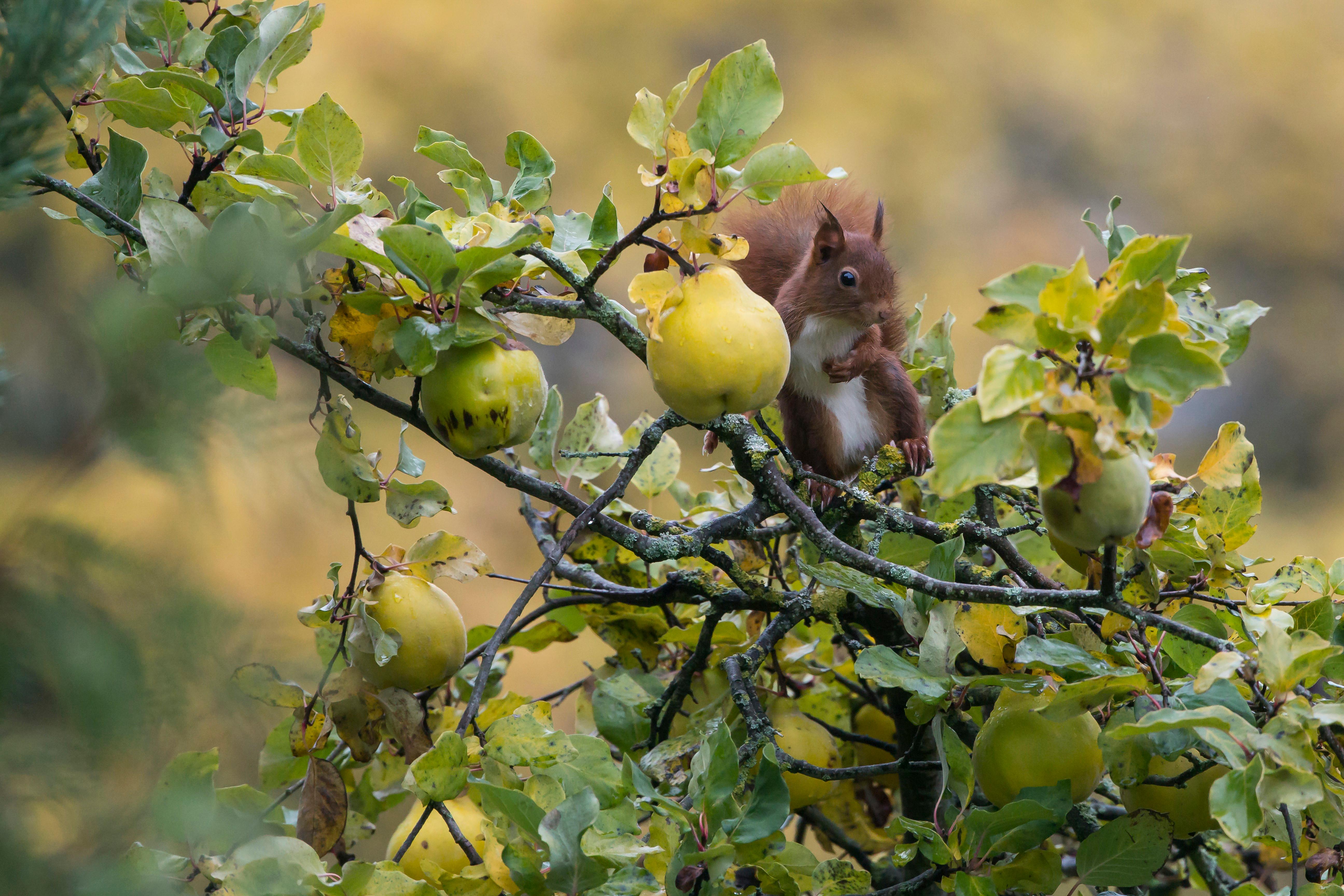

I planted my first quince (Cydonia oblonga) a quarter of a century ago and I wouldn’t be without a tree nearby. There is only a handful of fruit trees I’d grow for their non-edible charms and quince is one.
As with medlars, quince grow in a nicely irregular, lightly twisting manner, full of character and individuality. Their blossom comes in spring, usually soon after the last frost; at first, they appear as tall, soft pink-white spirals, before opening out into loose dog rose-alikes. They have a light Chanel-crossed-with-daffodils fragrance that reaches the nose best when the wind and the sniffer are still and the sun is warm; you can plunge your face into the flowers and smell next to nothing, yet be enveloped in a cloud of scent as you walk away.
Fruit appear quickly and require patience in the grower, as they tend to grow little through the warm months, but as autumn nears they make up for it, becoming plumper seemingly by the day. In the sunniest of climates, quince will ripen fully on the tree. Here in the UK, you pick them early as the season is too short, but this brings its own reward. You’ll notice their skin colour shift from green to a little yellower: leave them on the tree as long as possible to develop, but get them indoors before the frosts arrive. When they are ready to pick, quince will part from the tree with a soft twist. Don’t pull: cut free any stubborn fruit using secateurs. Handle quinces with care — as unforgivingly hard as they seem, they bruise easily.
In the warmth of your home, those fruit will ripen over the coming days and weeks, releasing their sweet, spicy perfume as they do. Once in this state, you can expect them to store for a month or two, perhaps longer if transferred to somewhere cool, such as an unheated garage.
Although they are sweetly scented, quince need the company of booze or heat to give their best. It is quite the transformation: the hard, astringent quince becomes pink, sweet and fragrant and even a little added to an apple crumble uplifts it beautifully.
'That is not to say they aren’t worthy of enjoying on their own: poached in lightly sweetened white wine or cider, they are extremely good'
That is not to say they aren’t worthy of enjoying on their own: poached in lightly sweetened white wine or cider, they are extremely good. Famously wonderful for preserves, including jelly, jam and the Spanish paste membrillo, the preparation hassle was always a drawback, at least until inspirational queen of preserves Pam Corbin (I recommend her Pam the Jam: The Book of Preserves) told me how she prepares them.
Rather than peeling and coring the rock-hard fruit, she simmers them — in just enough water to cover — until the peel splits and the flesh is tender, but holding its shape. Once cooled, she pulls them apart — flesh from skin and stone — to use as she likes. This is how I’ve done it ever since and, honestly, if you’ve ever peeled and prepared a quince in the usual way, you’ll know how much it’s like preparing a baseball.
Exquisite houses, the beauty of Nature, and how to get the most from your life, straight to your inbox.
Quince trees don’t make you work hard for all this pleasure. A deep fertile loam, on the neutral to slightly acidic side, is ideal, where they’ll grow slowly to about 15ft in height and spread. Pruning is limited to the usual dead, diseased or crossing branches. Quince are tip-bearing trees, so keep that in mind if tempted to trim the branches. Quinces are hardy to about -4˚F/-20˚C, and thrive in a sunny spot with a fair degree of shelter, but will tolerate a little imperfection.
Quince leaf blight can speckle the leaves and fruit with dark-brown dots: damage is usually only cosmetic, but, if especially severe, rake up fallen leaves, remove any affected fruit and incinerate. Although I’ve never experienced it, brown rot can be an issue: pick and burn any affected fruit. Quince really benefit from feeding: I give them a monthly feed, sprayed on the leaves through the growing season, and/or a good liquid feed around the roots.
Of the numerous varieties I’ve grown, I’ve never noticed any variation in flavour: ‘Meech’s Prolific’ and ‘Vranja’ ripen a little earlier than some and reliably produce plump fruit in good numbers, as does the newer ‘Leskovac’.
Mark is lucky enough to spend most of his time eating, growing, writing and talking about food. He has written fourteen award-winning books, including A Year at Otter Farm and A Taste of the Unexpected (both won Food Book of the Year, and Garden Book of the Year). Known for growing everything from Szechuan pepper to pecans to Asian pears, Mark's refreshing approach to growing and eating has done much to inspire a new generation to grow some of what they eat. He was involved in the early days of River Cottage, appearing in the TV series, and writing four River Cottage books. Mark writes to a global audience on his best-selling Substack: Mark Diacono’s Abundance.
-
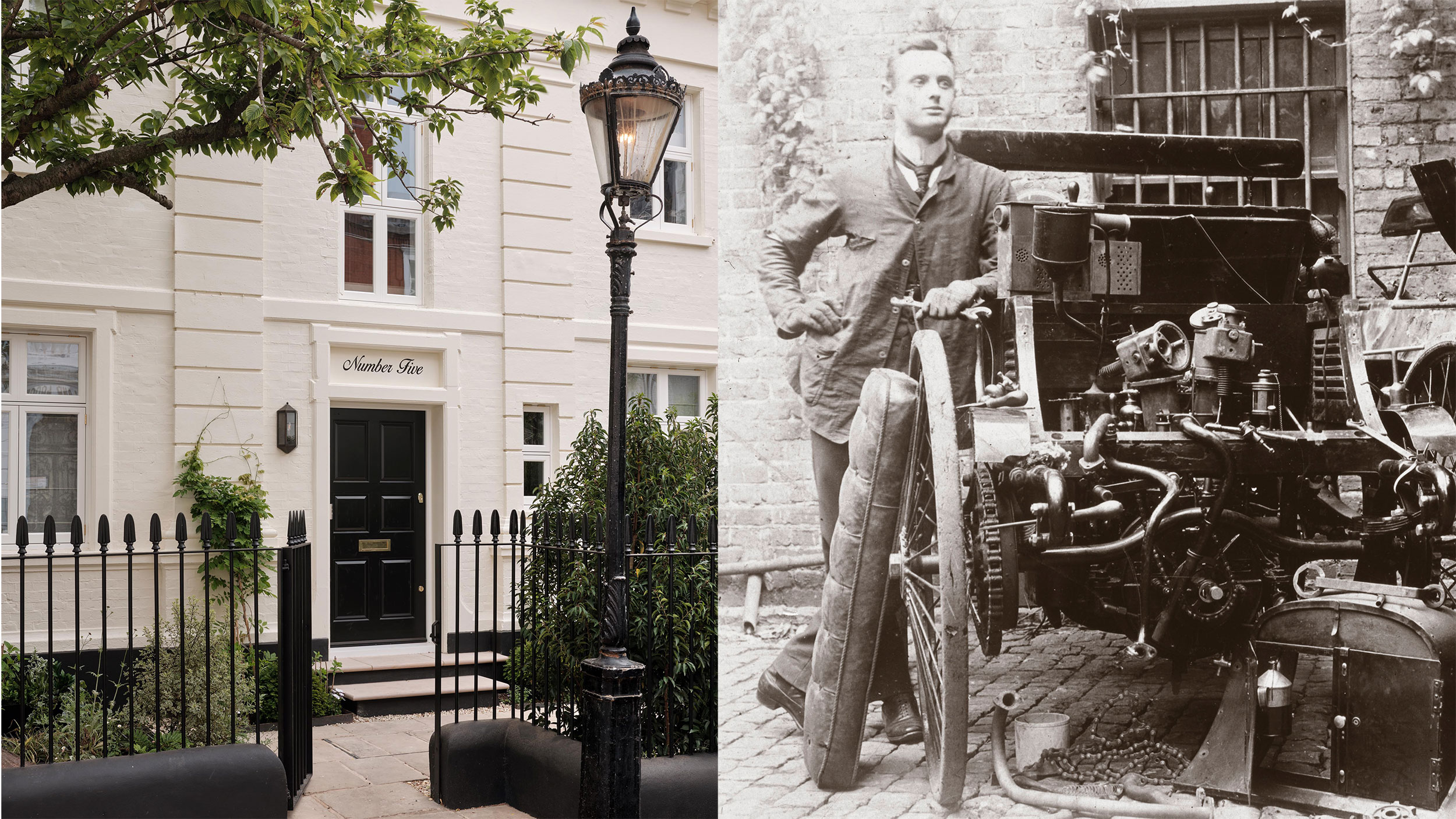 The London house where Rolls-Royce's co-founder Charles Rolls tinkered with his very first car is for sale at £17 million
The London house where Rolls-Royce's co-founder Charles Rolls tinkered with his very first car is for sale at £17 millionCharles Rolls, the engineer and co-founder of Rolls-Royce, got his hands dirty when using the stables of this fine London home as a makeshift garage. Annabel Dixon reports.
-
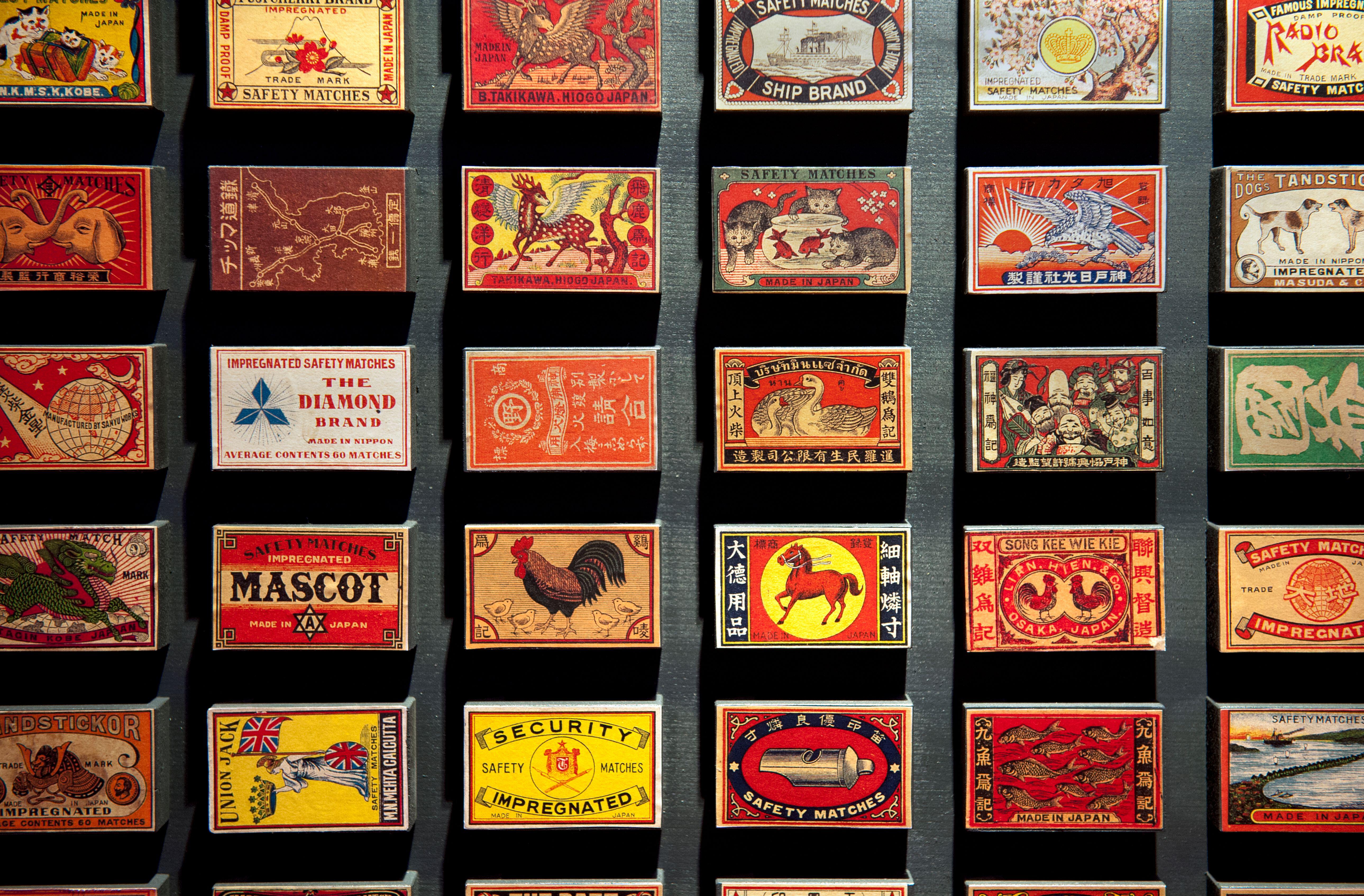 The sparkling history of the match and why its inventor never got the credit he deserved
The sparkling history of the match and why its inventor never got the credit he deservedWe’ve been using matches for 200 years–but, as Rob Crossan discovers, the story of how they came to be is far more colourful (and hair-raising) than we might imagine.
-
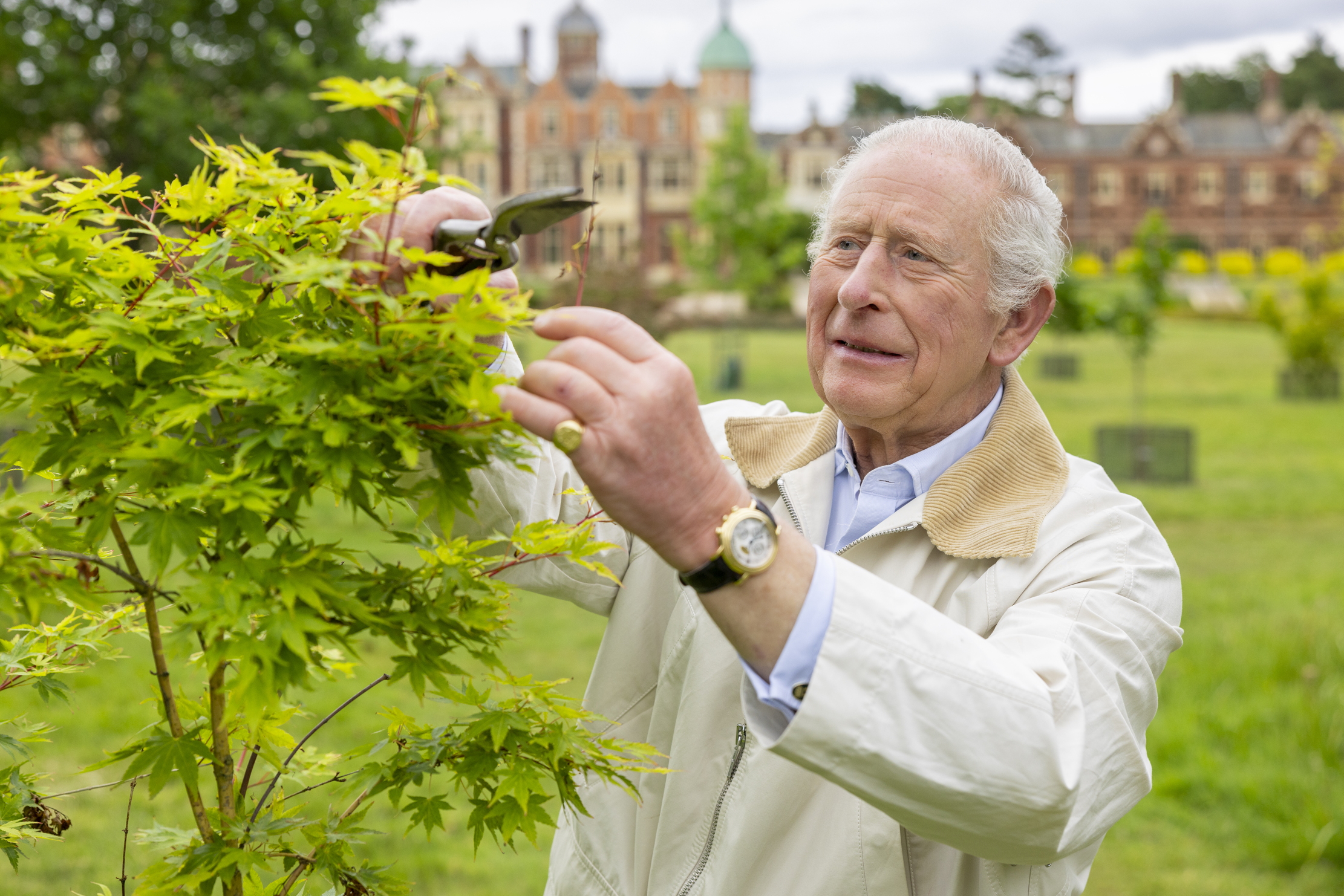 A royal success: The King's gardens at Sandringham
A royal success: The King's gardens at SandringhamIn only three years, The King has overseen a remarkable resurrection of the gardens and parkland at Sandringham. Charles Quest-Ritson visits
-
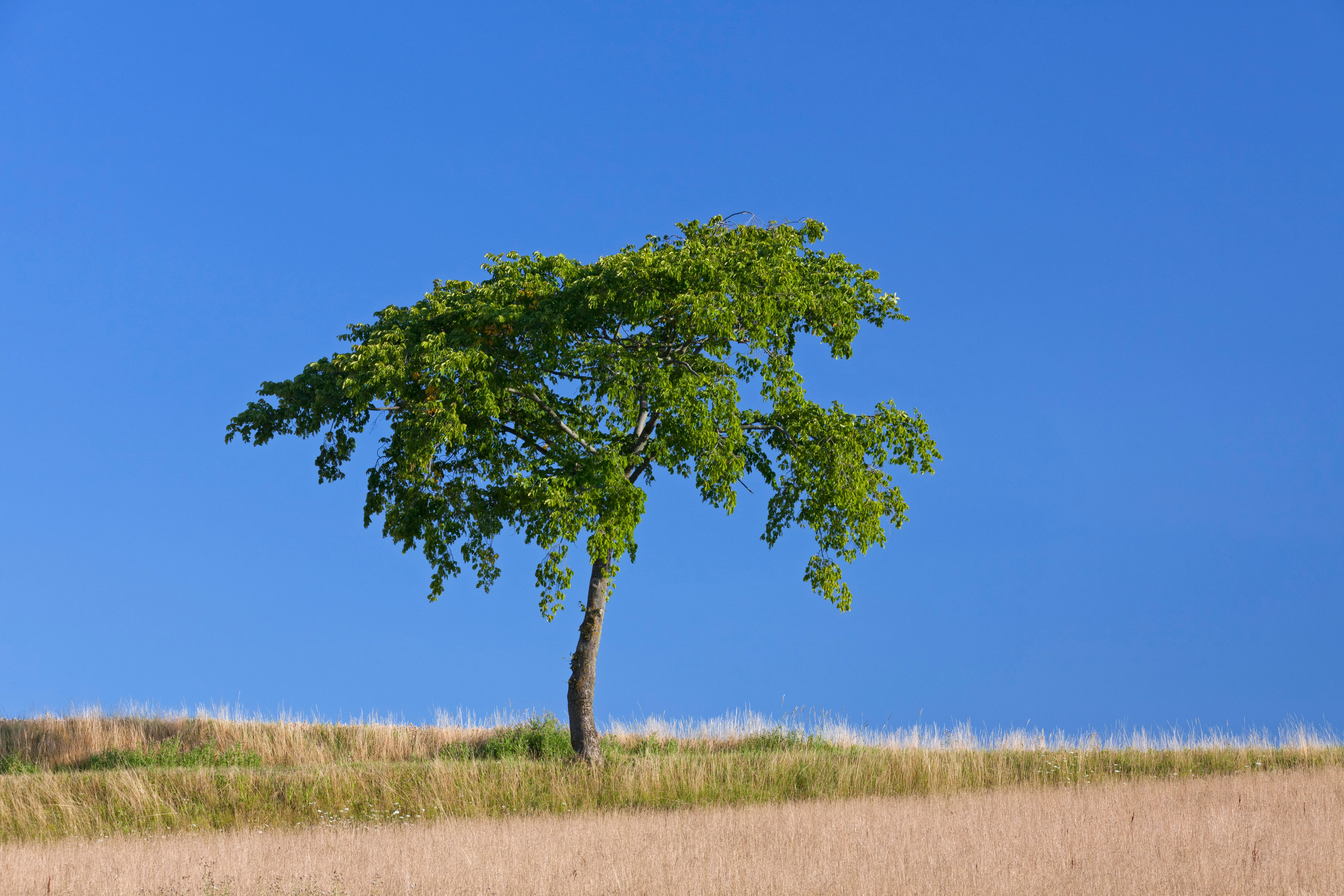 The trees that are as fine to eat as they are to look at
The trees that are as fine to eat as they are to look atMark Diacono doesn't grow many trees for the sake of the bounty they provide — but these are the notable exceptions.
-
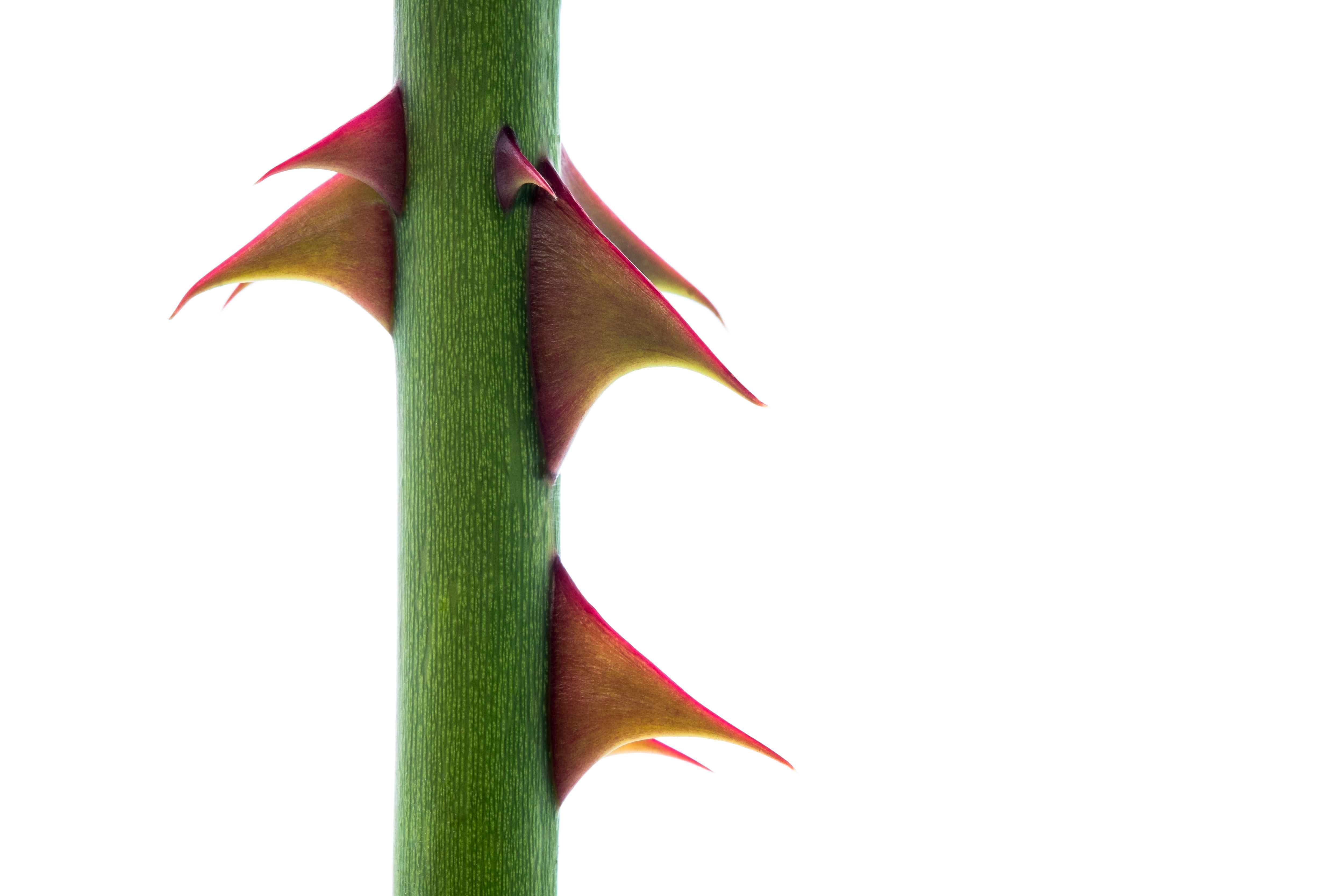 Bothered by brambles and snagged by sow thistles, but what is the point of all this thorny microaggression?
Bothered by brambles and snagged by sow thistles, but what is the point of all this thorny microaggression?Nature’s spiky deterrents — thorns, spines and prickles — may be quick to catch us out, but they can also prove to be a useful ally.
-
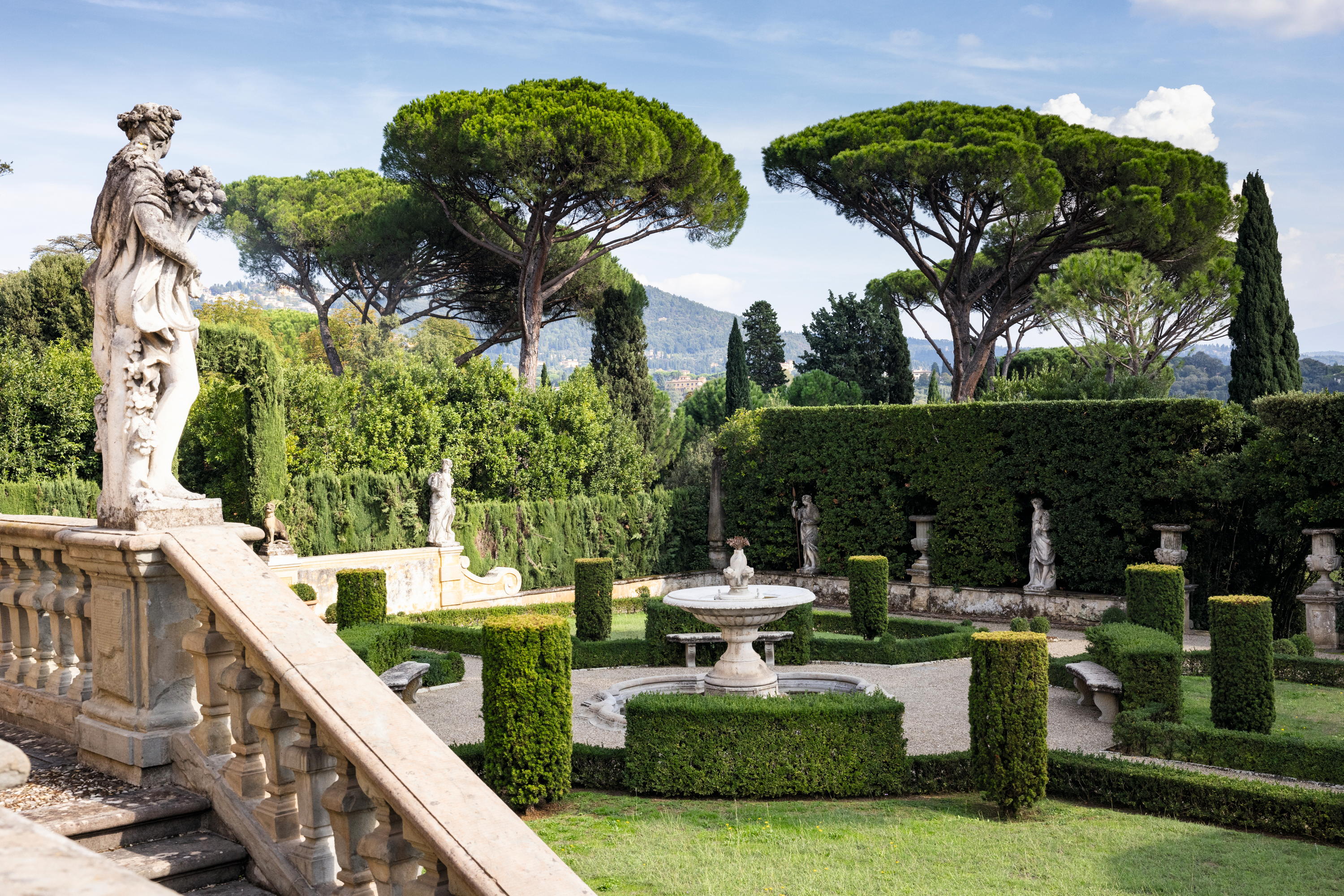 The Tuscan gardens where the English and Italian traditions come together, and Yorkshire rhubarb grows happily beside spectacular citrus
The Tuscan gardens where the English and Italian traditions come together, and Yorkshire rhubarb grows happily beside spectacular citrusNick Dakin-Elliot, who gardens in Tuscany, is still moved by the Italian hilltop gardens that command some of the most beautiful views in the world.
-
 'My family wore wool at a time when everyone else had cast it off in favour of manmade fabrics': The knitwear pioneer who is one of David Beckham's countryside champions
'My family wore wool at a time when everyone else had cast it off in favour of manmade fabrics': The knitwear pioneer who is one of David Beckham's countryside championsJulie Harding speaks to Rachel Carvell-Spedding the founder of British knitwear brand Navygrey, and one of David Beckham's countryside champions.
-
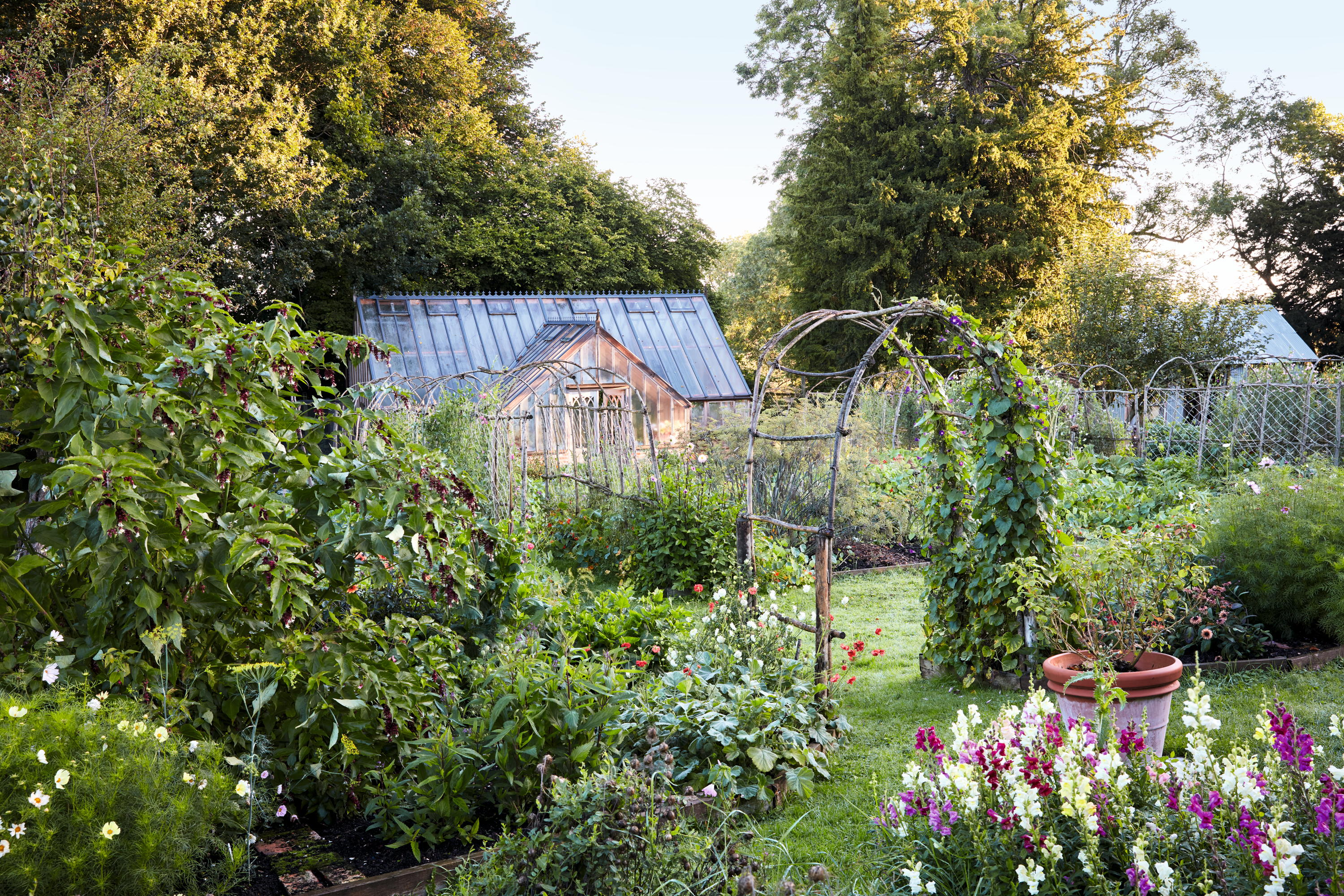 James Alexander-Sinclair: Making a new garden for someone is 'thrilling', but we need more sensitive and skilled gardeners to look after them
James Alexander-Sinclair: Making a new garden for someone is 'thrilling', but we need more sensitive and skilled gardeners to look after themPay your gardeners properly, says James Alexander-Sinclair as, without them, you will have no garden.
-
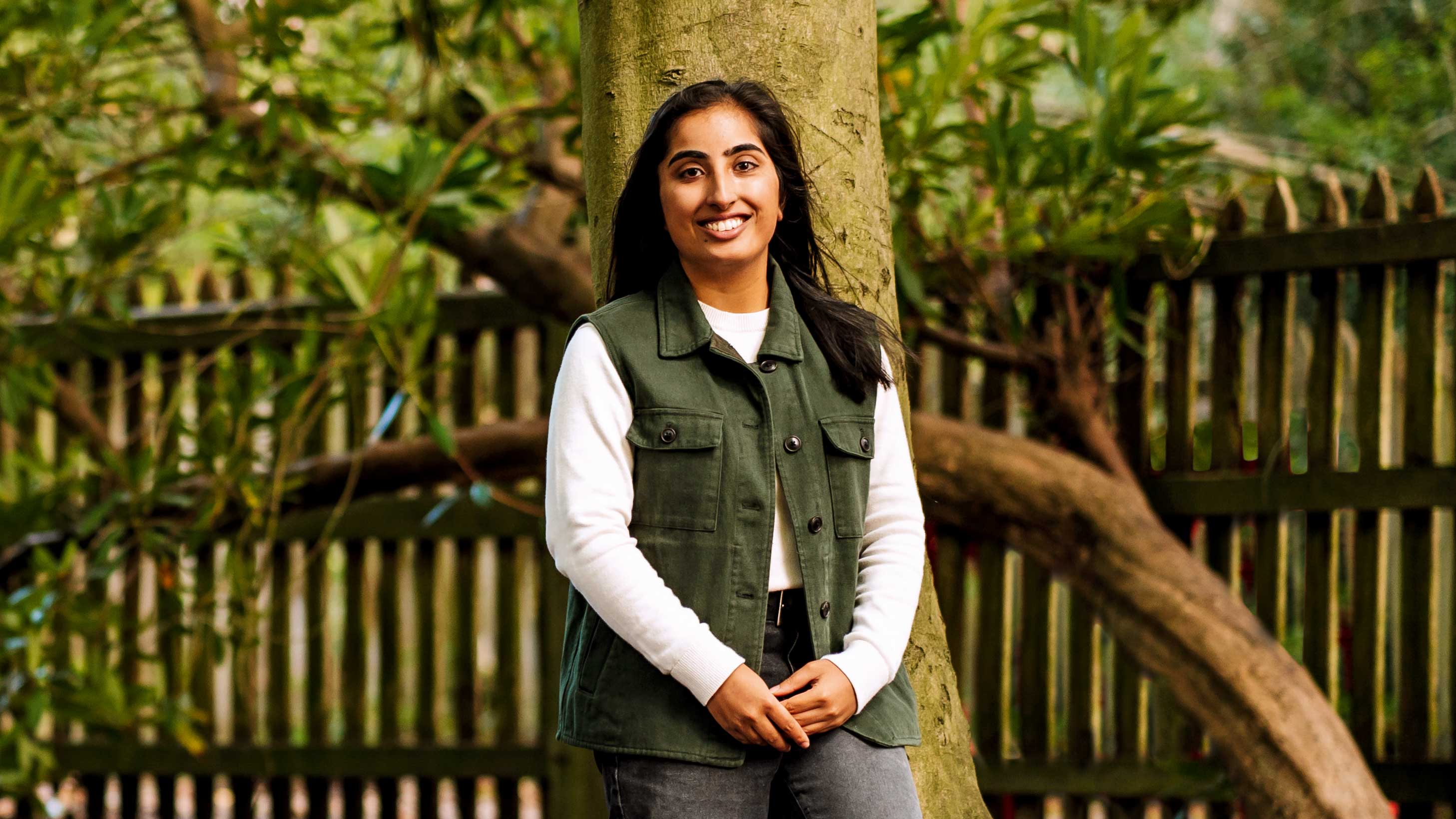 'Seeing the work that people are doing all around the world has given me hope for the future': The young naturalist who is one of David Beckham's countryside champions
'Seeing the work that people are doing all around the world has given me hope for the future': The young naturalist who is one of David Beckham's countryside championsJulie Harding speaks to Ramandeep Nijjar, a young naturalist who has made an impact on the world even before finishing university, and one of David Beckham's countryside champions.
-
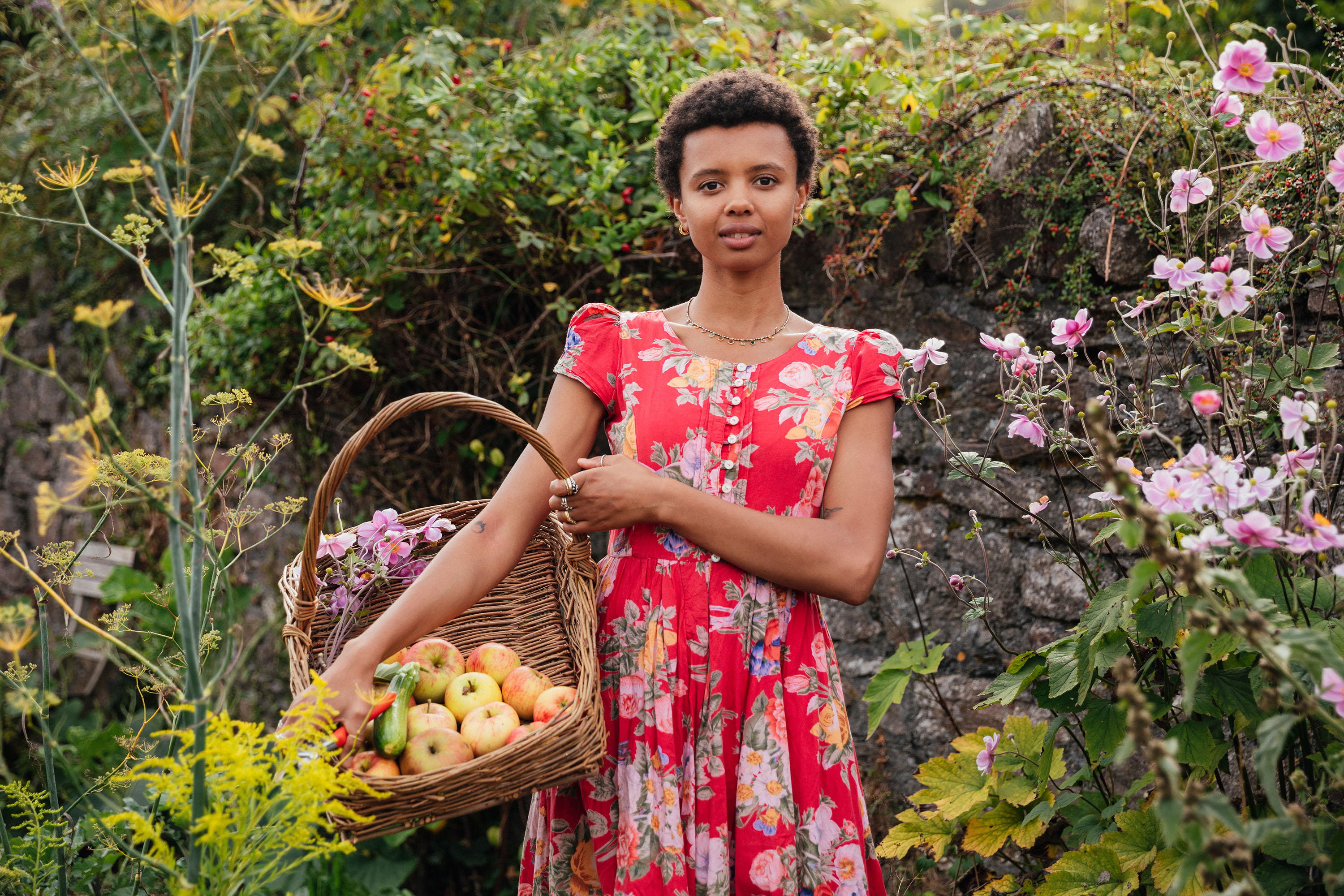 Poppy Okotcha, the model turned gardener who is one of David Beckham's countryside champions
Poppy Okotcha, the model turned gardener who is one of David Beckham's countryside championsPoppy Okotcha, the 29-year-old ecological community grower, garden content creator, author — and also one of David Beckham's countryside champions — speaks to Julie Harding.
